
NASA/JPL-Caltech
JWST has directly imaged what appear to be two giant exoplanets orbiting white dwarf stars. This discovery has important implications for the fate of our solar system's giant planets as the Sun evolves into a red giant and eventually becomes a white dwarf.
The fate of most stars
While bright supernova explosions demand our attention when they burst onto the scene, the vast majority of stars will end their lives more quietly, lifting their outer layers into space and forming a bright planetary nebula surrounding the star's exposed core. The core, now a white dwarf containing about the Sun's mass in a sphere roughly the size of Earth, starts out extremely hot and cools slowly over billions of years.

NASA / ESA / Hubble Heritage Team (STScI/AURA)
As stars evolve from main sequence stars to red giants and white dwarfs, it's clear that nearby planets will meet a fiery fate: As a red giant, the Sun will swell to more than 200 times its current radius, engulfing Mercury , Venus and Venus. , and possibly the Earth. But it's still unclear exactly how the transition affects planets watching things unfold from a distance. To find out more, we will need to study the planets that survived the transformation, and recent observations with JWST may have revealed two planets that fit the bill.
Investigating white dwarfs contaminated with metals
Only a handful of planetary-mass objects have been discovered around white dwarfs, but many more are believed to exist; Between 25% and 50% of seemingly solitary white dwarfs show metals in their spectrum, suggesting they are collecting debris from unseen planets or asteroids. If giant planets are common around these “metal-contaminated” white dwarfs, it would suggest that 1) these planets are capable of surviving the red giant phase of their home star, and 2) they play a role in the gravitational push of the material. towards the white dwarf.

Mullally et al. 2024
Susan Mullally (Space Telescope Science Institute) and her collaborators pointed JWST toward four white dwarfs that may host planets. These white dwarfs have been shown to contain metals in their atmospheres and are young enough or close enough that their planets are relatively bright. Even before carefully removing white dwarf light from the images, Mullally's team detected what they were looking for: a possible giant planet around two of the four white dwarfs.
Potential planets in peripheral orbits
The observations show a reddish object near two of the white dwarfs. If these objects are indeed planets and have the same ages as their white dwarf hosts (5.3 and 1.6 billion years old), they probably have masses of 1 to 7 and 1 to 2 Jupiter masses, respectively. They are currently orbiting at estimated distances of 11.47 and 34.62 astronomical units (au), which correspond to orbital distances of 5.3 au and 9.7 au when their host stars were on the main sequence, similar to the orbital distances currents of Jupiter and Saturn.

Mullally et al. 2024
While the objects appear to be associated with white dwarfs, it is not impossible that they are small photobombing objects within our solar system or distant, reddish galaxies meandering in the background. The authors put the probability of their detections being a false positive at 1 in 3,000.
If future JWST observations show these white dwarfs and their candidate planetary companions marching across the sky at the same time, it will mark the first direct imaging detection of planets similar to our solar system's giant planets in age, mass, and orbital distance. More than that, it will provide evidence that widely separated planets survive their host stars becoming red giants, and that giant planets around white dwarfs are common and help their hosts accrete metal-rich material.
Citation
“JWST directly images giant planet candidates around two metal-contaminated white dwarf stars,” Susan E. Mullally et al 2024 ApJL 962 L32. doi:10.3847/2041-8213/ad2348
This post originally appeared on AAS Newfeaturing notable research from the journals of the American Astronomical Society.







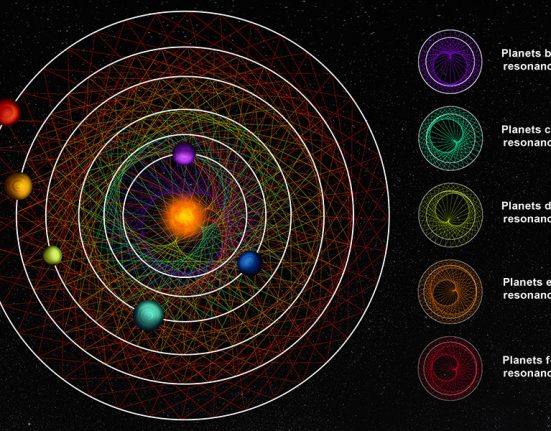
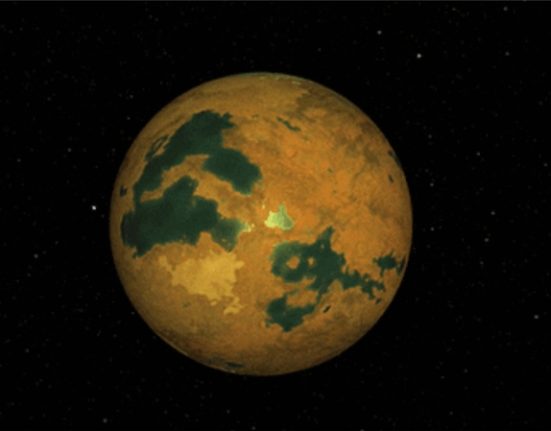
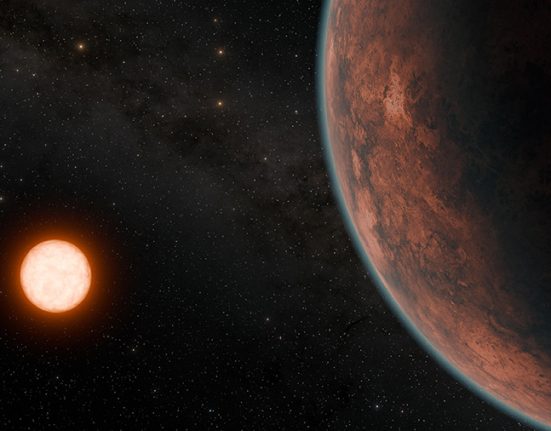
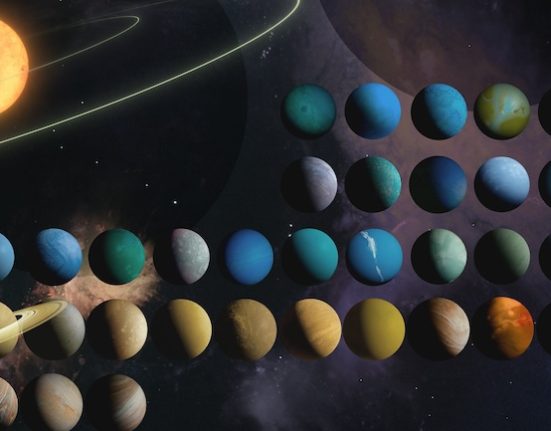
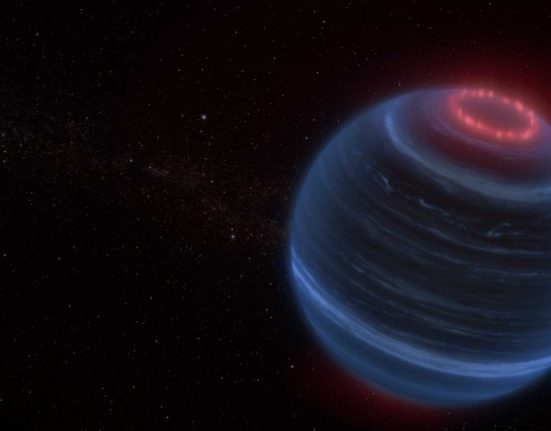
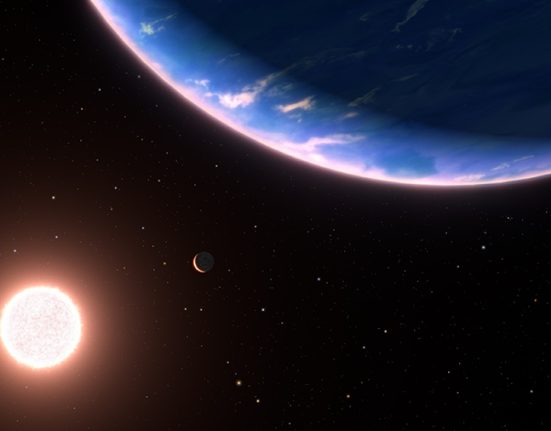
Leave feedback about this